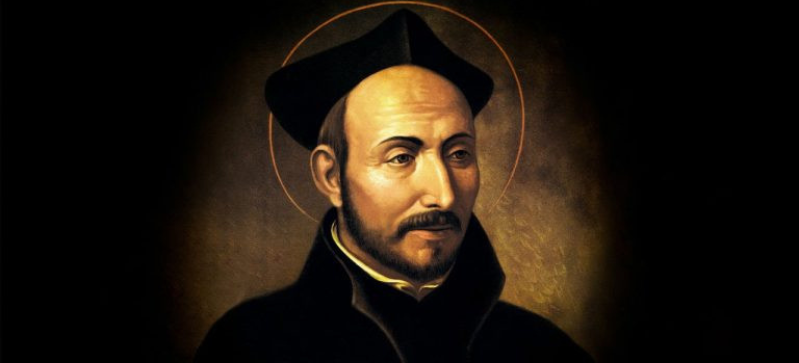"For what will it profit a man, if he gains the whole world and forfeits his life?" Matthew 16:26
Born in 1491 as Iñigo López de Loyola, the youngest of 13
children in a Basque noble family, Ignatius of Loyola was destined for a life
of chivalry and military glory. Raised in a castle in Spain’s Loyola region, he
served as a page and later a knight, rising in the Spanish military despite his
small stature of five feet two inches. His early life was marked by a
passionate, if superficial, piety and a thirst for heroic renown. However, a
pivotal moment in 1521 at the Battle of Pamplona changed his trajectory
forever. A cannonball shattered his leg, leaving him with a lifelong limp and
forcing a prolonged convalescence at his family’s castle.
During his recovery, Ignatius requested romantic tales to
pass the time, but only religious texts—lives of Christ and the saints—were
available. These works profoundly touched his conscience, sparking a spiritual
transformation. Inspired by the virtues of the saints, he shifted his ambition
from earthly glory to becoming a “knight for the greater glory of God.” This
newfound purpose led him to the shrine of Our Lady at Montserrat, where he laid
down his sword and dagger after an all-night vigil. He then spent nearly a year
in Manresa, enduring intense spiritual trials and mystical visions. During this
period, he began writing what would become his seminal work, the Spiritual
Exercises, a practical guide for meditation aimed at fostering discernment,
interior freedom, and finding God in all things.
Determined to serve God’s people, Ignatius recognized the
need for education. He studied Latin in Barcelona and later pursued graduate
and postgraduate degrees at the University of Paris from 1528 to 1535. His
authentic spirituality and charismatic leadership attracted a group of
like-minded students, including Saint Francis Xavier. In 1534, Ignatius and six
companions vowed poverty, chastity, and service to the Holy Land. When war
prevented this mission, they offered themselves to Pope Paul III, founding the
Society of Jesus, or Jesuits, in 1540. Ignatius was elected the first superior
general and wrote the Jesuit Constitutions, emphasizing obedience, cura
personalis (care for the whole person), and magis (striving for the “more” or
“better”)—principles that became hallmarks of Ignatian spirituality and
pedagogy.
Under Ignatius’s leadership, the Jesuits grew rapidly from
10 members to 1,000 by his death in 1556, establishing colleges and missions
across Europe, Asia, Africa, and Latin America. Ignatius remained in Rome,
founding homes for orphans and penitents while overseeing the order’s
expansion. His Spiritual Exercises, published in 1548, has since been
translated into dozens of languages and remains a cornerstone of Ignatian
spirituality, guiding retreats worldwide.
A mystic devoted to the Trinity, Christ, and the Eucharist,
Ignatius emphasized a love for the Church and obedience to the Pope, with
Jesuits taking a fourth vow to serve wherever the Pope sent them. His approach
to faith was pragmatic yet profound, advocating charity and moderation even
toward those with differing beliefs, laying early seeds for ecumenism.
Canonized in 1622, Saint Ignatius of Loyola’s legacy endures through the
Jesuits’ global presence, with approximately 16,000 members today, and his Spiritual
Exercises, which continue to inspire spiritual growth and service to humanity.
His feast day, celebrated on July 31, honors a man who transformed a shattered
leg into a stepping stone for a life dedicated to God’s greater glory.
